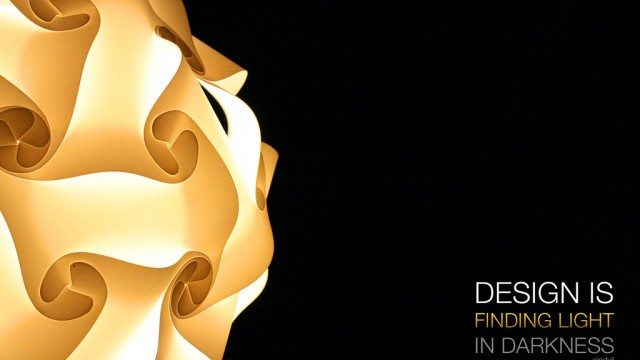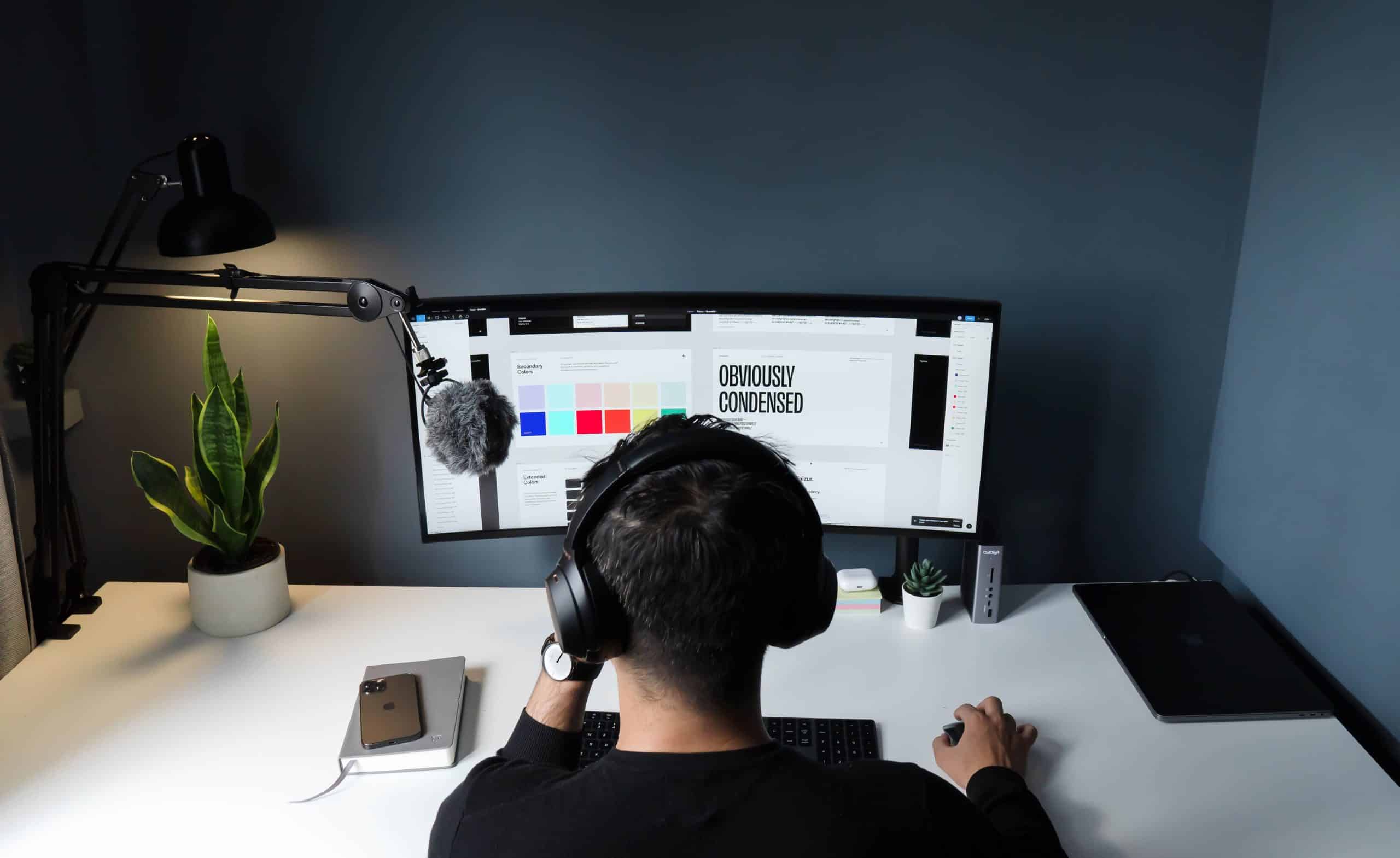White space, also known as negative space, is the area around and in between design details such as text, images or graphic elements. To the uninitiated, white space may seem to be underused design real estate, but to the skilled eye of the experienced designer, it is a vital component in adding emphasis and clarity to the intended message of the design.
Gestalt Principles
White, or negative, space works because of the Gestalt Principles, a set of visual perception theories developed by German psychologists who hypothesized that in order to make sense of what we see, we group visual elements to organize them. Empty spaces in a layout facilitate this grouping by creating clear boundaries between design elements. The Gestalt Principle of “proximity” is demonstrated when items are grouped deliberately, such as bullet list items. The principle of “figure and ground” simply refers to an object and its background, which is typically white space, that emphasizes the object.
Active vs. Passive
White space is either active or passive. Active refers to the deliberate placement of the space itself to emphasize a particular design element or area of the layout. Passive space is that which is created when the design elements themselves, such as graphics or text, are strategically placed. An example of active white space is increasing line and letter spacing, as well as the size of the gutter (space between text columns), to improve text readability.
Effect Use of White Space
White space should be used effectively to have the desired effect of increasing impact and appeal to your design. Be consistent with sizing for areas such as margins and gutters to ensure that your design looks organized and also that the white space itself doesn’t become distracting. Try adding more white space around a key element to emphasize that part of the design.
If you are designing for the Internet, don’t let concerns for scrolling below the fold result in less effective design decisions since different monitor sizes and zoom settings change the point at which viewers start to scroll down.
Remember that white space can be any color: Its purpose is not to be white specifically, but rather to add areas to your layout that sustain or redirect attention rather than being the focal point.



